
Star Ocean The Divine Force Review
It’s time to sail on the ocean of stars again, with tri-Ace’s latest entry of their galaxy-spanning series in Star Ocean: The Divine Force. While I am a longtime fan of the franchise, I wasn’t the biggest fan of the previous entry, so I initially looked at this newest title with a hesitant interest. Luckily, while it doesn’t completely land the execution, even from early on, Star Ocean: The Divine Force grabbed and pulled me in like Integrity and Faithlessness never did.
Star Ocean The Divine Force lands you on the underdeveloped planet of Aster IV, a world of swords and magic on the cusp of war. When you begin (after being treated to a very out-of-place Japanese power metal opening movie), you will choose from either the muscley mullet-rocking space merchant Raymond Lawrence or the dual-blade wielding warrior princess of the kingdom of Aucerius, Laeticia Aucerius, and your selection will determine whose view you will experience the story from. This approach has only been done once before, years ago in the much-beloved second entry of the series, Second Story, and it was nice to see a return. Even though the perspective differs, the main narrative - an intergalactic tale spanning multiple planets and dangers - remains consistent regardless of which path you choose at the start.
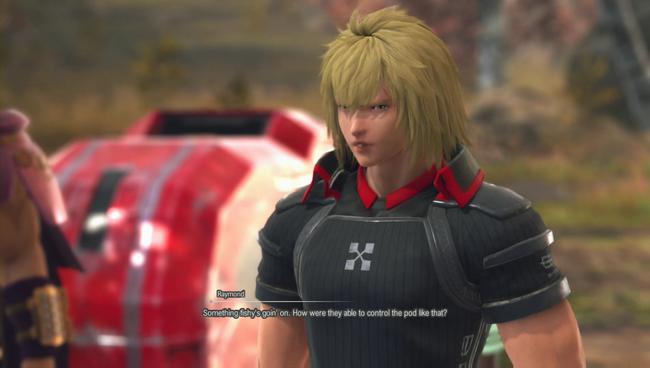
Some aspects will vary depending on who you choose, including route-exclusive optional characters you can recruit to your party. There are also some occasional moments throughout where the party will split up, and you will be able to play through one of those paths. After these sections, you will hear second-hand about what transpired with the other group (or witness the aftermath of the events) once the party joins back together. Since there is no New Game+ option, you will need to play through normally twice to get the complete picture of Divine Force’s story elements, incentivizing multiple playthroughs.
I found the cast to be the strongest out of the past few (remakes notwithstanding) Star Ocean games, mixing outlandish designs with well-developed personalities, even though their voice performances and lines didn’t always land. I opted for Raymond’s path during my review, and I found his care for his crew to be believable and the fact that he was an older protagonist to be to the game’s benefit. . I also particularly liked the concept of Midas - one of the party members. You rarely see an incredibly buff spell user in games, let alone ones rocking purple steampunk gear and smacking monsters with his cane. It was outlandish, sure, but his gruff-yet-caring demeanor was refreshing, and his history with the royal family that revealed itself over time added a pleasant complexity to him.
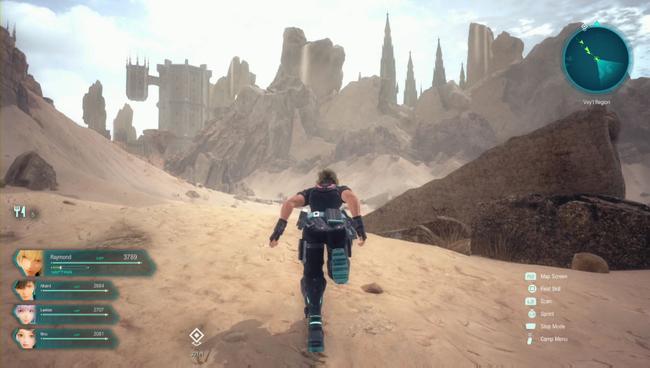
Perhaps my favorite aspect of Divine Force that surprised me (besides the surprisingly solid collectible chess-like minigame Es’owa) is the expanded movement and traversal options thanks to your floating plot macguffin, the advanced D.U.M.A.unit. This handy device assists you in various ways both in environment exploration and during combat (more on this in a bit) allowing you to fly around in quick bursts as you explore the sprawling open areas that Divine Force offers.
Every new location I came across, each new city, my first thought always went to finding a way to get to the highest point and discovering all the hidden chests and D.U.M.A. points. It made every floating rock island, high-up ledge on a mountain, and rooftop into more than just an aspect of the environment, it made them into puzzles, always looking for potential paths or options to reach them.
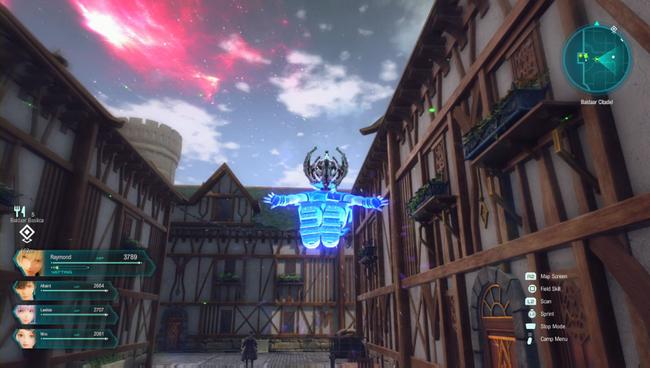
There are a few components that longtime fans of the Star Ocean series have come to expect from the series: an extensive crafting system, fast-paced combat, and difficult postgame content. Divine Force delivers in this regard as well. When engaging in combat, encounters occur seamlessly in an arena where it begins. You are free to run around the area to get the jump on enemies, or quickly dash to far-off foes with the assistance of D.U.M.A., which can increase the amount of Action Points, or AP, you have access to. The more AP you have, the more powerful and numerous attacks you can perform consecutively. Later on, you can have D.U.M.A. also provide a group-wide defense buff, at the expense of losing the ability to dash up and attack enemies. You can swap to other characters to take direct control of them at any time or pause entirely to use items. Combat flows extremely well, and I never felt like encounters took too long, even boss fights.
Unique to Divine Force is how it handles skill progression for your characters. Previous Star Ocean entries would see your characters gain abilities as you level up, or sometimes after using other moves a prerequisite number of times. However, this time around, most of your character development will be handled with the extensive unique skill trees that each character has. On these trees, you will find also your expected fare of nodes that improve the various stats. Still, you will also be unlocking new attacks, passive abilities and improving your resistances to status effects. Many characters had trees whose structure permitted specializing in different roles such as melee or magic focus, or damage dealer or tank. You can make them a jack of all trades just as easily and fill out the trees evenly.
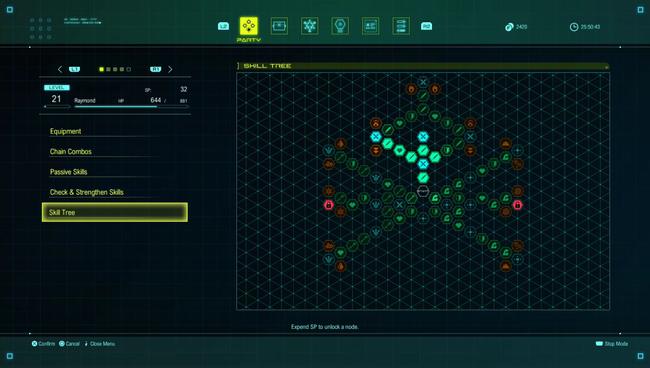
I found myself fairly set in my party makeup and builds so when new characters joined the party, The Star Ocean is also known for its extensive crating systems, and in The Divine Force, this is also associated with the new skill tree. I often decided to use the skill point pools my characters had built up to increase their their crafting abilities. By strengthening a character’s specific crafting talents, you can obtain better crafting odds and higher-quality items.
Challenge seekers can continue to grind and get stronger in order to tackle Divine Force’s two special dungeons that become accessible only after completing the story. These dungeons will really test your skills and mastery of the title's systems if you hope to successfully best the super bosses that fans will recognize. I have always appreciated the high difficulty that Star Ocean post-games offer, and anyone that is looking for a challenge can look forward to just that here in Divine Force.
For all the things I enjoyed about Divine Force, the overall quality of the product is best described as “uneven”. While the environment's aesthetics of cities are well done, particularly the gorgeous skies, the characters themselves have an eerie doll-like quality to them, with lips that rarely match the voice work. On the topic of the voice work, I swear that I heard no less than three different variations on how the name “Laeticia” was pronounced.
One of The Divine Force’s most significant blemishes is, oddly enough, in its user interface. Menus I felt were cluttered, particularly that of the equipment tab, where identical pieces of gear wouldn’t stack, so I would frequently have to scroll through long lists of the same item repeatedly. None of this was made any easier by the shockingly small font that Tri-Ace went with. There were also a handful of other annoying, though admittedly benign oddities, such as occasions where I had trophies pop alerting me to a character joining my party, at the beginning of cutscenes that, minutes later, did inevitably lead to their tagging along. Are any of these game-breakers? No, not really, but it really did make me wonder how much better things could be, had it been given a bit more of a budget.
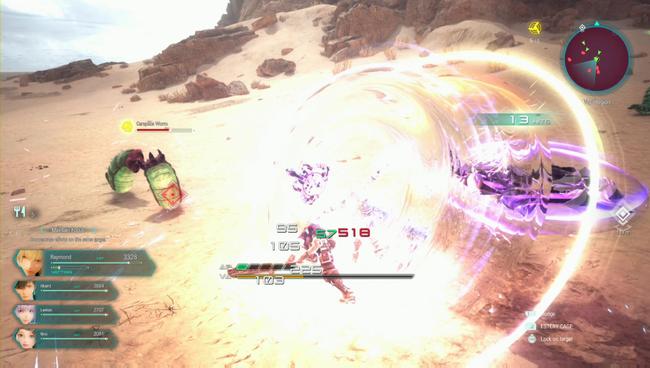
Star Ocean: The Divine Force impressed me far more than I was expecting it to. I was hoping for an experience that wasn’t as dull as the previous game, and I came away with fond memories and hope for the series again. It doesn’t quite reach the highs of the first few Star Ocean games, but it easily is my favorite of the more modern entries of the franchise. I once again look forward to sailing through the ocean of stars.